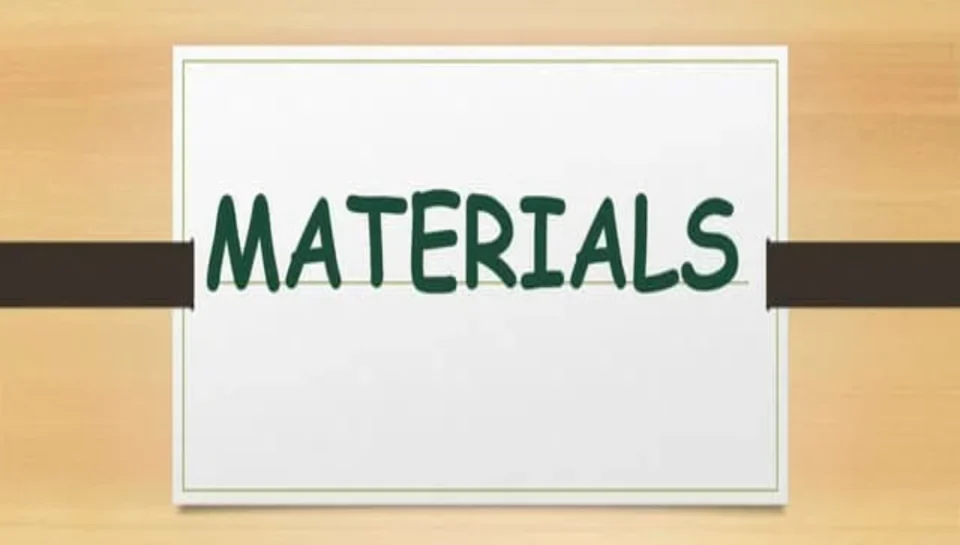
Briefly discuss the considerations for choosing brochure materials.
Introduction
The physical material of a brochure plays a vital role in shaping the reader’s perception of the brand. Beyond design and content, the choice of paper stock, finish, and weight influences the tactile experience, durability, and visual appeal. Selecting the right brochure materials requires a balance between budget, purpose, and the intended audience.
Paper Weight and Thickness
Paper weight affects the feel and sturdiness of the brochure. Lightweight paper (e.g., 80–100 gsm) is cost-effective and ideal for mass distribution, while heavier stock (e.g., 150–300 gsm) conveys quality and durability, suitable for premium or corporate brochures. The thickness also influences foldability and overall handling.
Finish Type
Paper finishes include matte, gloss, satin, and uncoated. Glossy finishes enhance color vibrancy and are ideal for image-heavy brochures. Matte finishes offer a smooth, elegant feel that reduces glare, often preferred for a more refined look. Uncoated paper has a natural texture, often chosen for eco-friendly or artisanal brands.
Durability and Use Case
Consider the brochure’s environment and frequency of handling. For high-traffic areas or trade shows, sturdy materials with laminated finishes improve resistance to tearing, smudging, and moisture. For short-term promotions, lighter materials may suffice.
Print Compatibility
Not all materials handle ink and finishes the same way. The selected material must support high-quality printing and maintain sharpness in text and images. Consult with printers about paper types that best match your design and intended finish.
Environmental Impact
Sustainability is an important consideration for modern brands. Recycled paper, FSC-certified stock, and soy-based inks reduce environmental impact and align with eco-conscious values. Choosing sustainable materials can also be part of the brand message.
Brand Image and Perception
The tactile feel and look of the brochure reflect the brand’s positioning. Luxury brands often opt for thick, smooth paper with soft-touch finishes, while playful or organic brands may use textured or recycled stock to convey authenticity and earthiness.
Budget Constraints
Premium materials enhance presentation but also increase production costs. The budget should account for quantity, size, and finishing options. Bulk printing may reduce per-unit costs, but the right balance between quality and affordability is essential.
Conclusion
Choosing the right brochure materials is a strategic decision that influences appearance, durability, cost, and brand perception. By considering paper weight, finish, sustainability, and usage needs, businesses can create brochures that not only look appealing but also align with their brand values and marketing goals.
Hashtags
#BrochureMaterials #PrintMarketing #PaperTypes #MarketingDesign #PrintFinishes #BrochurePrinting #DesignConsiderations #MaterialSelection #BrandPerception #PrintStrategy #MatteVsGlossy #EcoFriendlyPrinting #PaperWeight #TactileBranding #MarketingCollateral #BrochureDesignTips #SustainablePrinting #VisualAppeal #ProfessionalBrochures #PrintQuality #BrochureBudgeting #LuxuryBrochures #CustomPrinting #BrandExperience #PaperSelection





